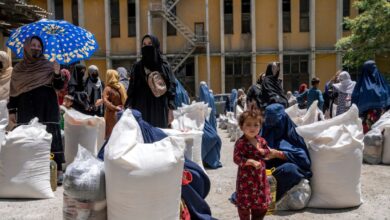
Leopard killings in Pakistan have surged in recent years, posing a significant threat to the species’ survival, The Guardian said in a report released on Tuesday. Conservationists attribute this alarming trend to escalating human-wildlife conflicts, particularly in regions where leopards prey on livestock.
Muhammad Waseem of the World Wildlife Fund reported that unpublished data from 2024 indicates 45 leopards were killed over the past five years, matching the number recorded in the previous 12 years. He expressed concern that actual figures may be higher due to underreporting.
The primary cause of these killings is retaliation against leopards attacking farm animals. Before the 1990s, such conflicts were rare, but rapid deforestation has pushed leopards closer to human settlements, increasing encounters.
In the Galiyat area of Khyber Pakhtunkhwa, human-leopard conflicts escalated in the 2000s, leading to several human fatalities.
Women are particularly vulnerable to leopard attacks, as they often collect water and firewood from forested areas, inadvertently resembling prey.
Conservation groups have initiated programs to educate local women and children on minimizing risks, such as traveling in groups, which has significantly reduced attacks. Despite these efforts, leopard attacks on livestock remain widespread, causing financial hardship for small-scale farmers.
Conservationists emphasize the need for a comprehensive compensation system for victims of human-wildlife conflict. However, existing programs are often bureaucratic, with lengthy processes and minimal financial support, leading many affected individuals to forgo compensation.
Efforts to mitigate these conflicts are ongoing, but the situation remains critical. Conservationists urge the government to prioritize wildlife protection and develop strategies to reduce human-leopard conflicts to ensure the survival of this vulnerable species.





